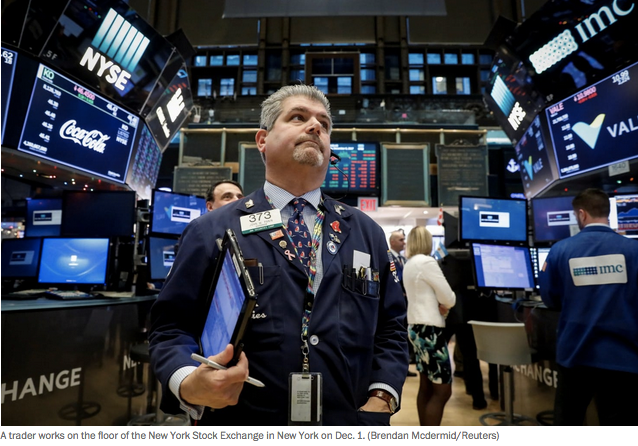The approaching end of President Trump’s first year in office, another strong employment report and a still-strong stock market make it appropriate to revisit my year-old judgment that the economy is enjoying a “sugar high.” Unfortunately, the best available evidence suggests that signs of current market and economic strength are largely unrelated to government policy, that the drivers of this year’s economic strength are likely transient and that the structural foundation of the U.S. economy is weakening. Sugar high remains the right diagnosis, and tax cuts are very much the wrong prescription.
Growth in the four quarters of 2017 now looks likely to come in at 2.3 percent, marginally faster than the consensus just before the president’s election. Consensus expectations for 2018 are only marginally greater today than they were before the election. So there has been no substantial updraft in the economy. In fact the United States has trailed the global economy in the sense that other countries, notably in Europe, have seen greater upward forecast revisions.
The U.S. stock market has been very strong, rising by close to 25 percent since the election, which is far more than most observers expected a year ago. This appears to be heavily driven by increases in corporate profits. But performance is running behind that of Japan and Germany, belying the idea that the market is being driven by U.S.-specific policy factors.




